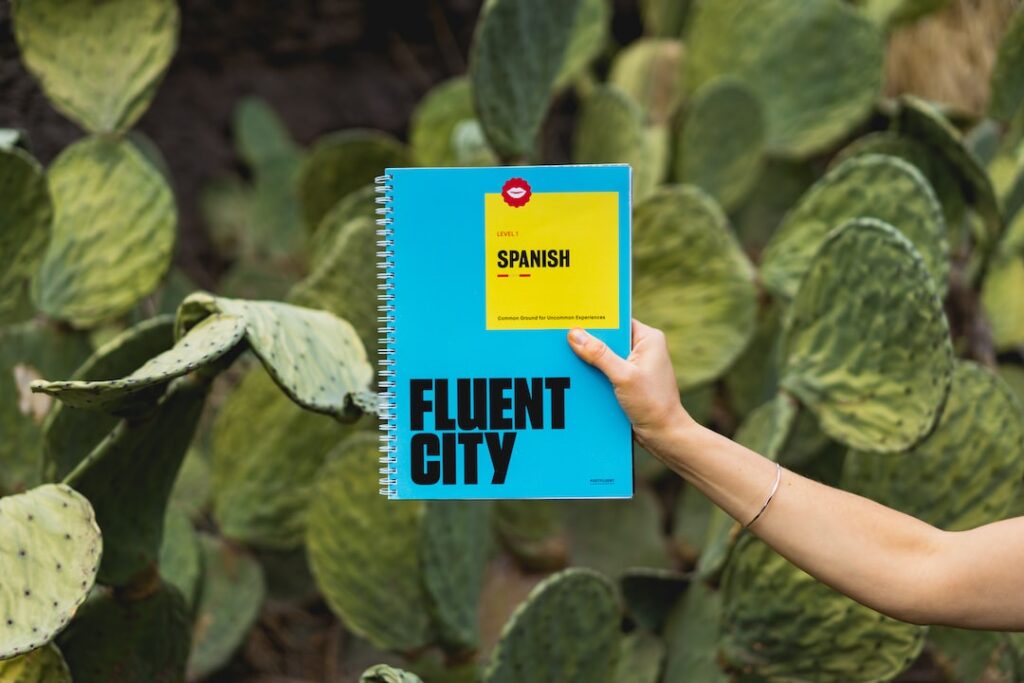Dharumbal language is an indigenous language spoken by the Dharumbal people in central Queensland, Australia. Historically, the Dharumbal people were semi-nomadic hunter-gatherers who lived along the coast and hinterland of what is now known as Rockhampton. The Dharumbal language was an integral part of their culture, used for communication, storytelling, and passing down traditional knowledge.
Unfortunately, like many indigenous languages around the world, the Dharumbal language has experienced a significant decline over the years. The arrival of European settlers in Australia brought with it a wave of colonization that had devastating effects on indigenous communities and their languages. The forced removal of indigenous children from their families and the imposition of English as the dominant language in schools contributed to the erosion of indigenous languages.
Efforts to Revive the Dharumbal Language: A Community-Led Initiative

In recent years, there has been a community-led initiative to revive the Dharumbal language. Recognizing the importance of preserving their cultural heritage, the Dharumbal community has taken proactive steps to reclaim and revitalize their language. This initiative is driven by a deep sense of pride and a desire to pass on their language and traditions to future generations.
The community-led initiative involves various activities and programs aimed at revitalizing the Dharumbal language. These include language classes, cultural workshops, and the development of educational resources such as dictionaries and language learning materials. The Dharumbal community has also established partnerships with linguists and language experts to ensure the accuracy and authenticity of their language revival efforts.
The Role of Language in Indigenous Identity and Culture
Language plays a crucial role in indigenous identity and culture. It is not just a means of communication; it is a powerful tool for expressing cultural values, beliefs, and practices. Indigenous languages often contain unique concepts and ways of understanding the world that are not easily translatable into other languages. By preserving their languages, indigenous communities can maintain their distinct cultural identity and ensure the survival of their traditional knowledge.
Language is also closely tied to land and spirituality for many indigenous communities. The names of places, plants, animals, and natural phenomena are often embedded in indigenous languages, reflecting a deep connection to the environment. By preserving their languages, indigenous communities can continue to pass down this knowledge and maintain their spiritual connection to the land.
Challenges Faced in Reviving the Dharumbal Language
| Language | Impact on Indigenous Identity and Culture |
|---|---|
| Preservation of Traditional Knowledge | Indigenous languages are often closely tied to traditional knowledge and practices. By preserving these languages, Indigenous communities can maintain their cultural heritage and pass it on to future generations. |
| Connection to Land and Environment | Indigenous languages often contain words and concepts that are specific to the local environment and ecosystem. By using these languages, Indigenous communities can maintain a deep connection to their land and the natural world. |
| Community Cohesion | Language is a key component of cultural identity, and speaking the same language can help to strengthen bonds within Indigenous communities. By promoting the use of Indigenous languages, communities can foster a sense of unity and belonging. |
| Challenges to Language Preservation | Indigenous languages are often at risk of being lost due to factors such as colonization, forced assimilation, and the dominance of majority languages. Efforts to preserve and revitalize these languages are crucial for maintaining Indigenous identity and culture. |
Reviving an endangered language like Dharumbal comes with its own set of challenges. One of the main challenges is the lack of resources and funding available for language revitalization efforts. Indigenous communities often face limited financial support, making it difficult to develop educational materials, hire language teachers, or organize cultural events.
Another challenge is the limited number of fluent speakers of the Dharumbal language. Many of the remaining fluent speakers are elderly, and there is a risk of losing their knowledge if it is not passed down to younger generations. Efforts are being made to document and record the language through oral histories and recordings, but without a sufficient number of fluent speakers, the revival of the Dharumbal language becomes more challenging.
Collaborations with Linguists and Language Experts
Collaborations with linguists and language experts play a crucial role in language preservation efforts. Linguists can provide valuable expertise in documenting and analyzing endangered languages, ensuring that the revival efforts are accurate and authentic. They can also assist in developing language learning materials, dictionaries, and grammar guides.
Language experts can also help train community members to become language teachers and develop curriculum materials for language classes. By working together, linguists and community members can create a sustainable framework for language revitalization that is rooted in the community’s needs and goals.
The Significance of Language Preservation for Future Generations

Preserving indigenous languages is not just about preserving the past; it is about ensuring a future for indigenous communities. Language is a vital part of cultural heritage, and by passing down their languages to future generations, indigenous communities can ensure the survival of their traditions, knowledge, and way of life.
Language preservation also has broader benefits for society as a whole. Indigenous languages often contain unique perspectives on the world that can contribute to our understanding of human diversity and enrich our collective knowledge. By preserving indigenous languages, we can foster a more inclusive and diverse society that values and respects different ways of knowing and being.
The Impact of Language Loss on Indigenous Communities
The loss of indigenous languages has profound impacts on indigenous communities. When a language is lost, an entire way of life is at risk of disappearing. Indigenous languages contain cultural knowledge that has been passed down through generations, including traditional stories, songs, ceremonies, and medicinal practices. When a language is lost, this knowledge is lost as well.
The loss of language also has a significant impact on mental health and well-being. Language is closely tied to cultural identity, and when a language is lost, individuals may experience a sense of disconnection and loss of self. Language loss can contribute to feelings of isolation, depression, and a loss of cultural pride. By preserving indigenous languages, we can help support the mental health and well-being of indigenous communities.
Celebrating the Revival of the Dharumbal Language: Cultural Events and Festivals
Cultural events and festivals play an essential role in celebrating the revival of the Dharumbal language and other indigenous languages. These events provide an opportunity for the community to come together, share their language and culture, and showcase their achievements in language revitalization.
Cultural events and festivals often include activities such as traditional dances, music performances, storytelling sessions, and language workshops. These events not only celebrate the revival of the Dharumbal language but also raise awareness about the importance of preserving indigenous languages more broadly. They provide a platform for indigenous communities to share their language and culture with the wider community, fostering understanding and appreciation.
The Ongoing Journey to Preserve and Revive Indigenous Languages
Preserving indigenous languages is an ongoing journey that requires collaboration, dedication, and support from both indigenous communities and society as a whole. The revival of the Dharumbal language is just one example of the efforts being made around the world to reclaim and revitalize endangered languages.
By recognizing the importance of preserving indigenous languages, we can help ensure the survival of unique cultural traditions, knowledge, and ways of life. Language is not just a tool for communication; it is a powerful expression of cultural identity and heritage. Through community-led initiatives, collaborations with linguists, and celebrations of language and culture, we can work towards a future where indigenous languages thrive and flourish.
If you’re interested in learning more about the Dharumbal Language, you might also find this article on multilingual writing for accessing appropriate information helpful. It discusses the importance of accurate translation and localization in order to effectively communicate with diverse audiences. Check it out here.
FAQs

What is Dharumbal Language?
Dharumbal Language is an indigenous language spoken by the Dharumbal people of Central Queensland, Australia.
How many people speak ?
Currently, there are no fluent speakers of Dharumbal Language. However, efforts are being made to revive the language and teach it to younger generations.
What is the history ?
Dharumbal Language has a long history, with evidence of its use dating back thousands of years. However, with the arrival of European settlers in the 19th century, the language began to decline and was eventually lost.
What efforts are being made to revive ?
Efforts to revive Dharumbal Language include language classes, cultural programs, and the creation of language resources such as dictionaries and grammar guides. The Dharumbal community is also working to incorporate the language into everyday life, such as through signage and place names.
Why is it important to revive ?
Reviving Dharumbal Language is important for preserving the culture and heritage of the Dharumbal people. It also helps to promote diversity and understanding of indigenous languages and cultures.
